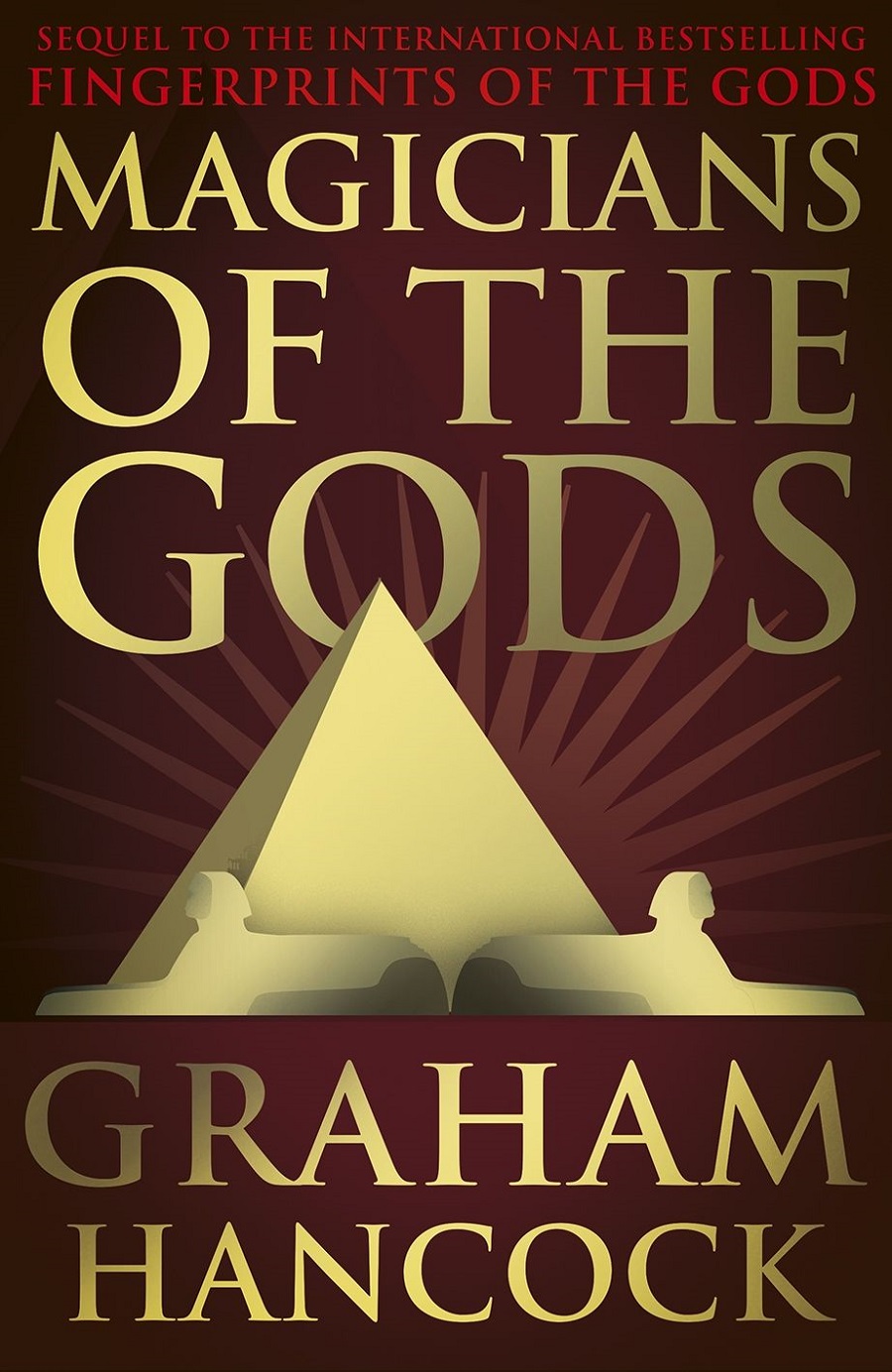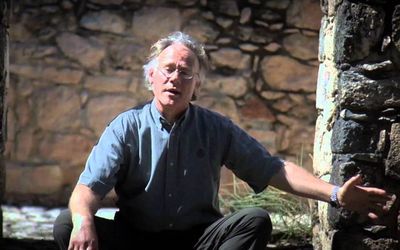GRAHAM Hancock’s latest book, Magicians of the Gods, took him three years of travel and research, he tells me on a crystal-clear line from Bath in England.
"I’d thought I was finished with historical mystery," says the author of Fingerprints of the Gods, which sold 3-million copies worldwide and raised the hackles of academics from all quarters.
What made him take another foray into the world of sages, pyramids and messages in the stars was the scientific evidence that started coming in around 2007 that there had been a cataclysm in 10,800 BC that changed the Earth significantly. It was a comet, the fragments of which hit the ice caps of North America, causing them to melt. As a result, there was a surge of water that brought about a rise in the sea level — the flood that is recounted in legends the world over and may have been the one confronted by Noah of the Bible.
Hancock’s new book contains an earnest warning to learn from the past. Fragments from the comet are due to come around in our lifetime and we, a society that has "an inability to deal with our prosperity" will be caught very much unprepared.
The book is packed with statistics, diagrams, equations and figures from a range of disciplines — archeology, architecture, astronomy, geology, physics, archaeoastronomy and so forth.
"I synthesise data across many scientific disciplines," he says, adding that he considers it problematic that academics tend to specialise. As to the criticisms that he is a "pseudoscientist", he retorts: "I don’t claim to be a scientist, so I can’t be a false scientist. I am simply a writer doing a thoroughly professional job."
As a correspondent for The Economist during the 1980s, he was sent to Ethiopia, where he became interested in the cult around the Ark of the Covenant. This started him off on his first book of historical mystery, The Sign and the Seal.
Hancock’s books include Keeper of Genesis (with Robert Bauval) and Quest for the Lost Civilisation. They all include photographs by his wife, Santha Faiia: "We’re a team."
Magicians of the Gods carries on from Fingerprints, in which he suggested that there had been a "lost civilisation" that held the secret to building the pyramids. After all, it is as if the ancient Egyptians arrive in 3,000 BC complete with advanced architectural and engineering skills. These skills are a legacy left by an accomplished antediluvian civilisation, he suggests.
Evidence of the cataclysmic comet added fuel to his hypothesis, and together with the catastrophist researcher Randall Carlson, he explores the "Scablands" of the US’s Washington state, where the comet’s effects have left their mark.
This new information has the potential to change the way we view history, he says. "The model of civilisation taught to us in our schools and universities doesn’t take into account an extinction event — and what got lost."
Hancock begins his account at Gobekli Tepe in Turkey, the site of an archeological dig, where megalithic structures dating to 9,600BC have been uncovered.
In the first place, the structures predate sites such as Stonehenge by about 6,000 years and secondly, 9,600 BC is at the end of a period scientists call the Younger Dryas — the 1,200-year ice age sparked by the cataclysm. As the climate began to warm, fertile areas sprang up and nature proliferated — an ideal time for a civilisation to enter a period of expansion and building.
You have to agree with Hancock that it is unlikely that the people who erected these enormous structures could have been hunter-gatherers, as stated by conventional archaeology.
He goes on to visit other sites where a legacy of skills may have aided the builders: Gunung Padang in Indonesia; Edfu in Egypt; Baalbek in Lebanon; Sacsayhuaman in Mexico; Harran in Turkey and Cutimbo in Peru, among others.
Engravings on a pillar at Gobekli Tepe especially caught Hancock’s attention; the relief consists of different-sized vultures, one holding a sphere, a scorpion, a salamander and a line of what looks like three handbags.
Referring to an astronomical computer programme and his knowledge of precession — namely that the stars are not fixed, their positions change gradually over a great cycle — he concurs with engineer and environmental biologist Paul Burley that "the reliefs on the pillar use symbolic language to depict the December solstice sun at the southern gate of the Milky Way between Sagittarius and Scorpio".
The engravers appear to be sending a message through the ages: "Those reliefs are speaking to our time."
"Ancient civilisations were fascinated by the stars," Hancock tells me. "We must understand their interest in the stars, and their knowledge of them."
The "handbags" also hold a clue — Hancock tells how he has seen them in other places such as the art and sculpture of the ancient civilisation of Mesopotamia, where the sage Oannes is depicted holding such a bag. Could these be representations of wandering wise men, the magicians of the gods, as the ancients called them, who survived the cataclysm to travel around, transmitting the knowledge from before and helping the people rebuild their devastated world?
Traditional and oral history are full of such accounts — for example the story of the civilising hero Kon Tiki Viracocha, who had come to the Andes to teach the people agriculture, architecture and engineering. And Hancock cites Atlantis, an advanced civilisation reportedly lost in a huge deluge. Plato, who gave the account in his Dialogues of Timaeus and Critias, places the deluge at 9,600 BC.
"The past is a giant mystery. We are a species with amnesia," says Hancock.





















Change: 0.08%
Change: 0.08%
Change: -1.05%
Change: -0.04%
Change: 1.53%
Data supplied by Profile Data
Change: -0.14%
Change: 0.64%
Change: 0.08%
Change: 0.00%
Change: 1.05%
Data supplied by Profile Data
Change: 0.26%
Change: 0.19%
Change: 0.10%
Change: 1.90%
Change: -0.23%
Data supplied by Profile Data
Change: 1.33%
Change: 1.27%
Change: 1.33%
Change: -0.93%
Change: -0.35%
Data supplied by Profile Data